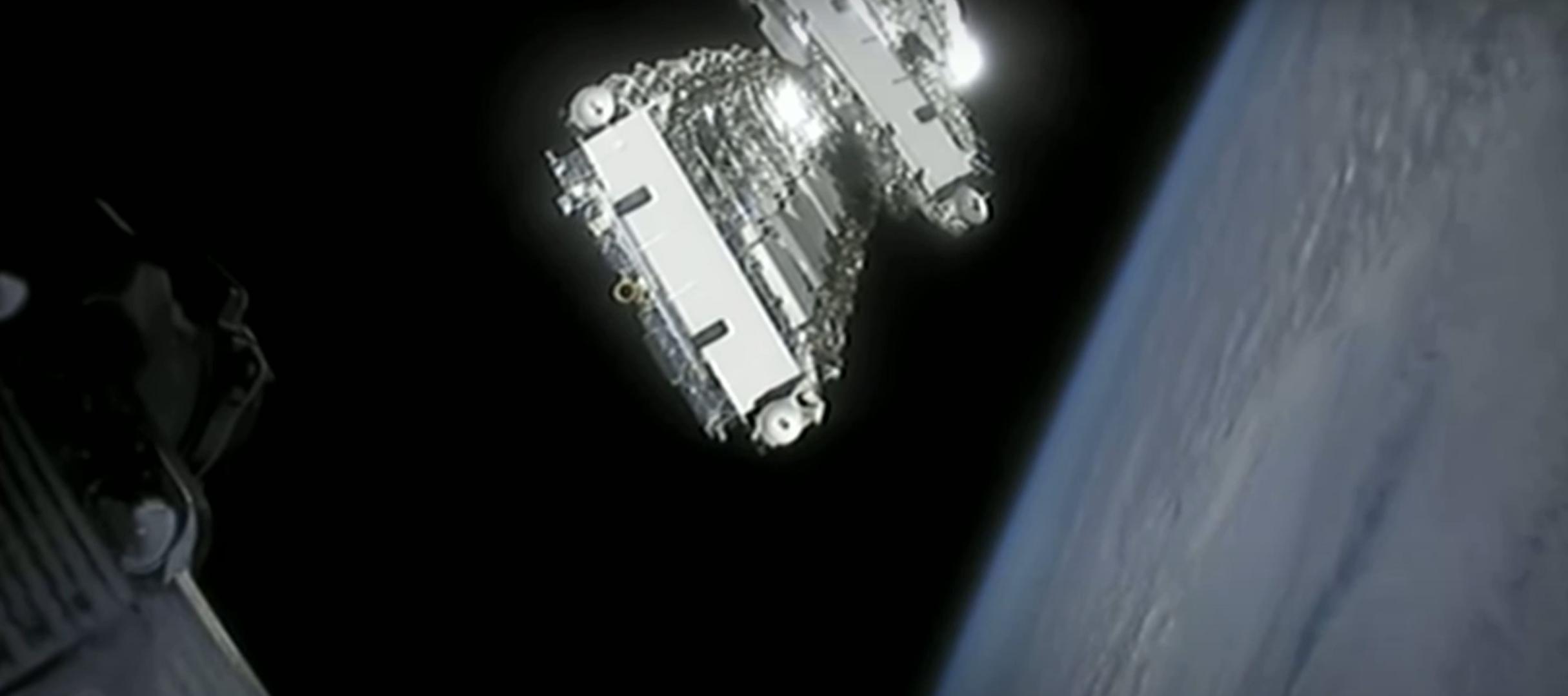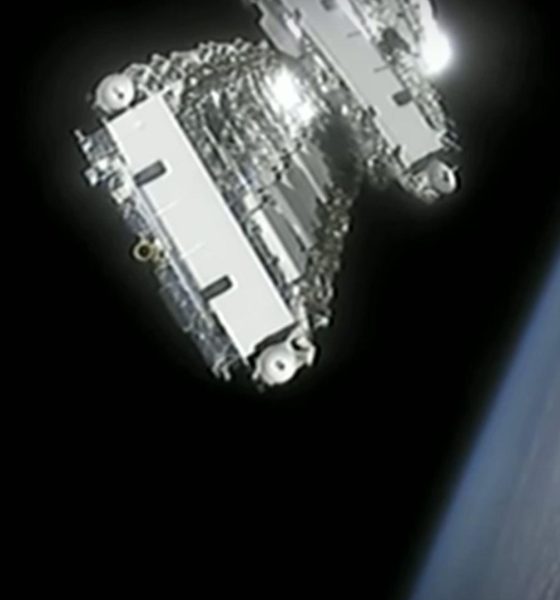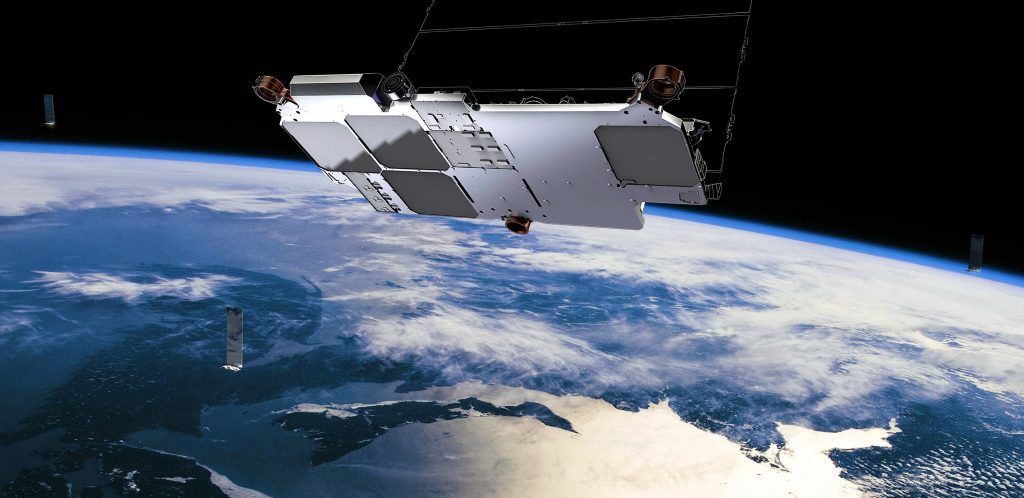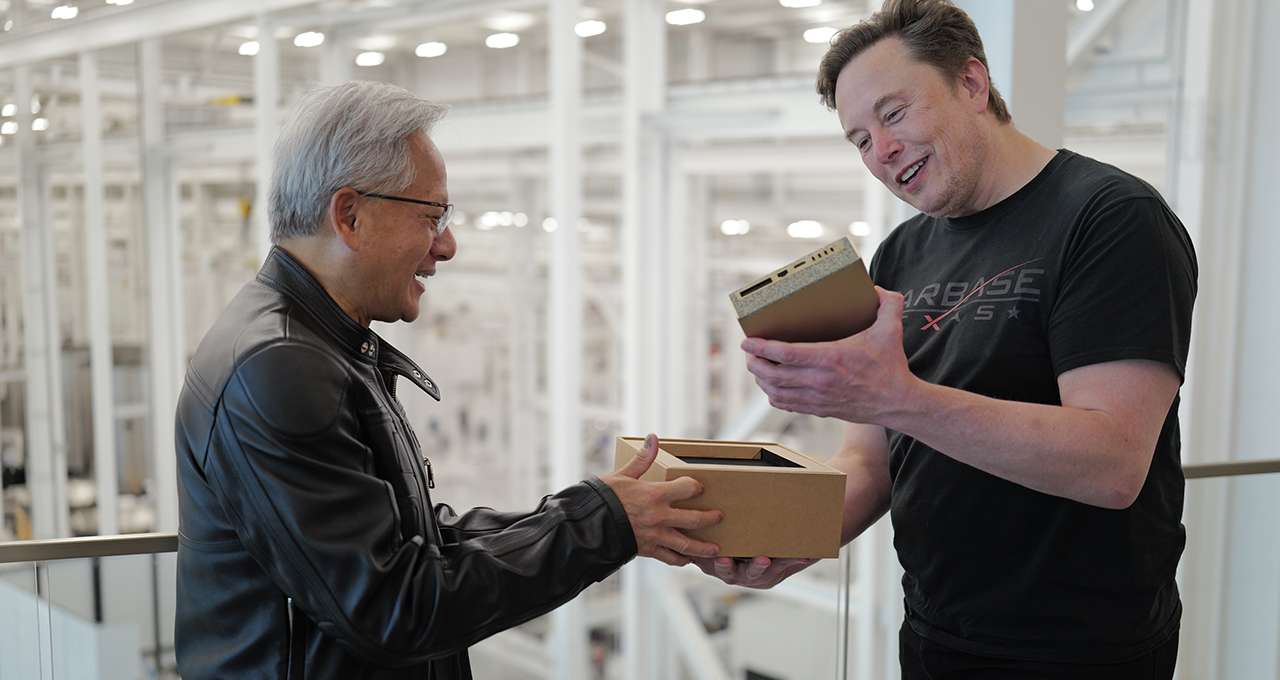

News
SpaceX’s Starlink successes secure US military contract for custom satellites
SpaceX has won $149 million from the Space Development Agency (SDA) to leverage the successes of its Starlink constellation and build custom satellites for the US Department of Defense (DoD).
The development comes as no surprise after SpaceX spent more than six months publishing dozens of job openings for satellite design, development, test, and integration engineers with “top secret” security clearance. Thanks to that paper trail, it’s been apparent for quite some time that SpaceX planned to leverage its nascent satellite design and production capabilities to build custom spacecraft – and even entire constellations – for customers outside of the company.
Perhaps less than coincidentally, that capability closely mirrors a growing desire in the US military to return some level of agility, innovation, and affordability to the development and procurement of space systems (mainly satellites and the ground systems needed to control and communicate with them).

In classic US military fashion, SDA’s contracts appear to mirror DARPA’s (Defense Advanced Research Projects Agency) own Blackjack program. According to DARPA, the “Blackjack program aims to develop and demonstrate the critical elements for a global high-speed network in low Earth orbit (LEO) that provides the Department of Defense with highly connected, resilient, and persistent coverage.” At one point, SDA was seriously considering a role in DARPA’s Blackjack but had no plans to put money where its mouth was as recently as February 2020.
However, in a June 2020 interview, Blackjack project manager Paul Thomas deemed SDA a “very, very awesome partner” that will be directly involved in the launch of two early Blackjack testbed satellites later this year – to be followed by a “subconstellation” (~20 satellites) in 2022.
SDA’s October 5th, 2020 contract awarded SpaceX and L3Harris $149 million and $193 million, respectively, to build four satellites that will spot and track missile launches with wide-field-of-view (WFOV) “overhead persistent infrared” (OPIR) sensors. SDA expects the spacecraft to be ready for launch by September 2022. SpaceX will outsource its OPIR sensors to an unknown company, while L3Harris – already an expert of complex sensor design and production – will build and integrate its own. Bizarrely, DARPA awarded Raytheon $37 million in June 2020 to build and deliver two OPIR sensors for Blackjack satellites by April 2023 – seemingly unrelated to SDA’s October 2020 contract for eight OPIR satellites.
If things go as planned, the eight OPIR satellites SDA is paying $342 million to develop and launch will be the start of a 30-satellite “Tracking Layer” constellation. The Tracking Layer constellation will integrate with a separate “Transport Layer” of 20 laser-interlinked relay satellites to be built by Lockheed Martin ($187.5M) and York Space Systems ($94M) for ~$282 million and launched by September 2022.
Ultimately, it’s ambiguous just how closely SDA and DARPA are working on what currently appear to be separate, partially duplicative constellations of small satellites. Relative to DARPA’s Blackjack program, SDA is pursuing a far more ambitious schedule and has wagered far more resources (more than half a billion dollars) on its plans for a new missile-warning satellite constellation. If SpaceX, L3Harris, Lockheed Martin, and York Space Systems complete their respective work on schedule, SDA could effectively go from the drawing board to an unprecedentedly affordable constellation of 50 cutting-edge satellites in just 28 months – and all while spreading its risk between four unique companies.
Check out Teslarati’s Marketplace! We offer Tesla accessories, including for the Tesla Cybertruck and Tesla Model 3.

News
Tesla extends FSD Supervised ride-alongs in Europe by three months
Needless to say, it does appear that FSD fever is starting to catch in Europe.

Tesla appears to be doubling down on its European Full Self-Driving (Supervised) push, with the company extending its demo ride-along program by three months until the end of March 2026. The update seems to have been implemented due to overwhelming demand.
Needless to say, it does appear that FSD fever is starting to catch in Europe.
Extended FSD demonstrations
Tesla EU Policy and Business Development Manager Ivan Komušanac shared on LinkedIn that the company is offering ride-along experiences in Germany, France and Italy while working toward FSD (Supervised) approval in Europe.
He noted that this provides a great feedback opportunity from the general public, encouraging participants to record and share their experiences. For those unable to book in December, Komušanac teased more slots as “Christmas presents.”
Tesla watcher Sawyer Merritt highlighted the extension on X, stating that dates now run from December 1, 2025, to March 31, 2026, in multiple cities including Stuttgart-Weinstadt, Frankfurt and Düsseldorf in Germany. This suggests that the FSD ride-along program in Europe has officially been extended until the end of the first quarter of 2026.
Building momentum for European approval
Replies to Merritt’s posts buzzed with excitement, with users like @AuzyMale noting that Cologne and Düsseldorf are already fully booked. This sentiment was echoed by numerous other Tesla enthusiasts on social media. Calls for the program’s expansion to other European territories have also started gaining steam, with some X users suggesting Switzerland and Finland as the next locations for FSD ride-alongs.
Ultimately, the Tesla EU Policy and Business Development Manager’s post aligns with the company’s broader FSD efforts in Europe. As per recent reports, Tesla recently demonstrated FSD’s capabilities for Rome officials. Reporters from media outlets in France and Germany have also published positive reviews of FSD’s capabilities on real-world roads.
News
Tesla’s six-seat extended wheelbase Model Y L sold out for January 2026
Estimated delivery dates for new Tesla Model Y L orders now extend all the way into February 2026.

The Tesla Model Y L seems to be in high demand in China, with estimated delivery dates for new orders now extending all the way into February 2026.
This suggests that the Model Y L has been officially sold out from the rest of 2025 to January 2026.
Model Y L estimated delivery dates
The Model Y L’s updated delivery dates mark an extension from the vehicle’s previous 4-8 week estimated wait time. A detailed chart shared by Tesla data tracker @Tslachan on X shows the progressions of the Model Y L’s estimated delivery dates since its launch earlier this year.
Following its launch in September, the vehicle was given an initial October 2025 estimated delivery date. The wait times for the vehicle were continually updated over the years, until the middle of November, when the Model Y L had an estimated delivery date of 4-8 weeks. This remained until now, when Tesla China simply listed February 2026 as the estimated delivery date for new Model Y L orders.
Model Y demand in China
Tesla Model Y demand in China seems to be very healthy, even beyond the Model Y L. New delivery dates show the company has already sold out its allocation of the all-electric crossover for 2025. The Model Y has been the most popular vehicle in the world in both of the last two years, outpacing incredibly popular vehicles like the Toyota RAV4. In China, the EV market is substantially more saturated, with more competitors than in any other market.
Tesla has been particularly kind to the Chinese market, as it has launched trim levels for the Model Y in the country that are not available anywhere else, such as the Model Y L. Demand has been strong for the Model Y in China, with the vehicle ranking among the country’s top 5 New Energy Vehicles. Interestingly enough, vehicles that beat the Model Y in volume like the BYD Seagull are notably more affordable. Compared to vehicles that are comparably priced, the Model Y remains a strong seller in China.
Elon Musk
NVIDIA CEO Jensen Huang commends Tesla’s Elon Musk for early belief
“And when I announced DGX-1, nobody in the world wanted it. I had no purchase orders, not one. Nobody wanted to buy it. Nobody wanted to be part of it, except for Elon.”

NVIDIA CEO Jensen Huang appeared on the Joe Rogan Experience podcast on Wednesday and commended Tesla CEO Elon Musk for his early belief in what is now the most valuable company in the world.
Huang and Musk are widely regarded as two of the greatest tech entrepreneurs of the modern era, with the two working in conjunction as NVIDIA’s chips are present in Tesla vehicles, particularly utilized for self-driving technology and data collection.
Nvidia CEO Jensen Huang regrets not investing more in Elon Musk’s xAI
Both CEOs defied all odds and created companies from virtually nothing. Musk joined Tesla in the early 2000s before the company had even established any plans to build a vehicle. Jensen created NVIDIA in the booth of a Denny’s restaurant, which has been memorialized with a plaque.
On the JRE episode, Rogan asked about Jensen’s relationship with Elon, to which the NVIDIA CEO said that Musk was there when nobody else was:
“I was lucky because I had known Elon Musk, and I helped him build the first computer for Model 3, the Model S, and when he wanted to start working on an autonomous vehicle. I helped him build the computer that went into the Model S AV system, his full self-driving system. We were basically the FSD computer version 1, and so we were already working together.
And when I announced DGX-1, nobody in the world wanted it. I had no purchase orders, not one. Nobody wanted to buy it. Nobody wanted to be part of it, except for Elon.
He goes ‘You know what, I have a company that could really use this.’ I said, Wow, my first customer. And he goes, it’s an AI company, and it’s a nonprofit and and we could really use one of these supercomputers. I boxed one up, I drove it up to San Francisco, and I delivered it to the Elon in 2016.”
The first DGX-1 AI supercomputer was delivered personally to Musk when he was with OpenAI, which provided crucial early compute power for AI research, accelerating breakthroughs in machine learning that underpin modern tools like ChatGPT.
Tesla’s Nvidia purchases could reach $4 billion this year: Musk
The long-term alliance between NVIDIA and Tesla has driven over $2 trillion in the company’s market value since 2016.








